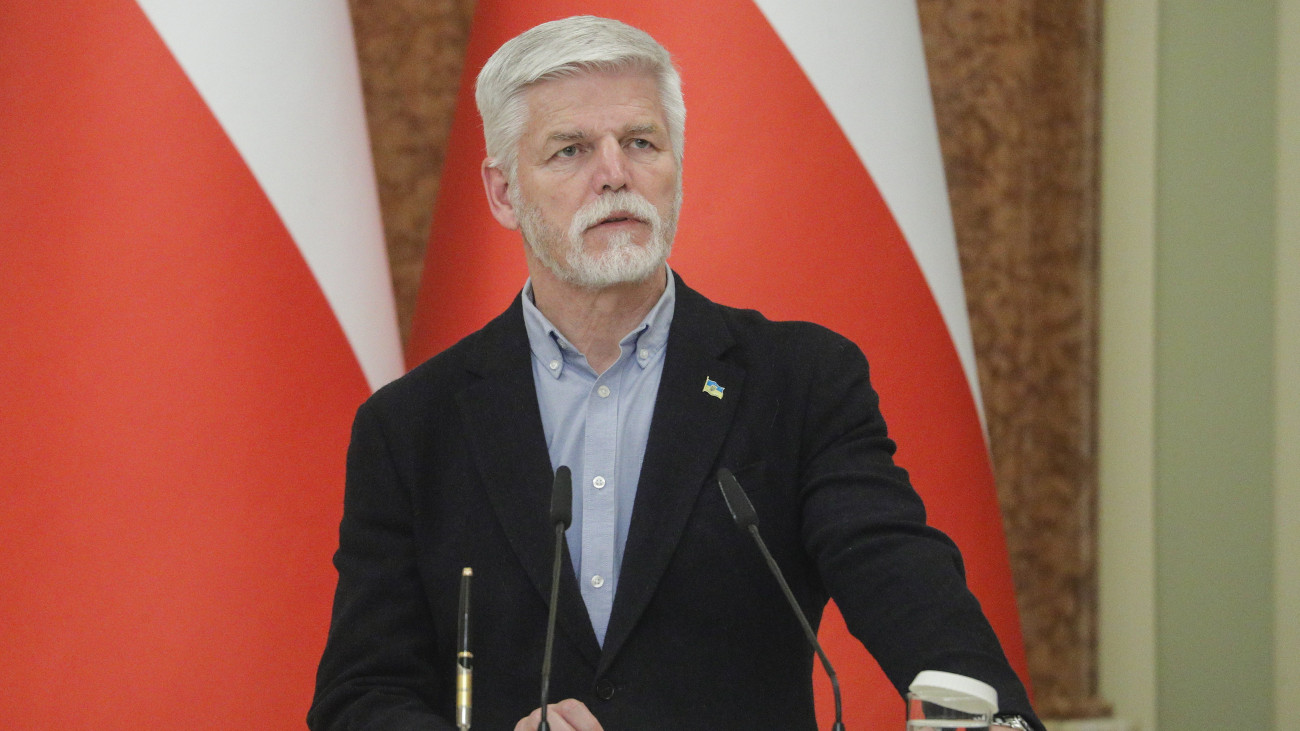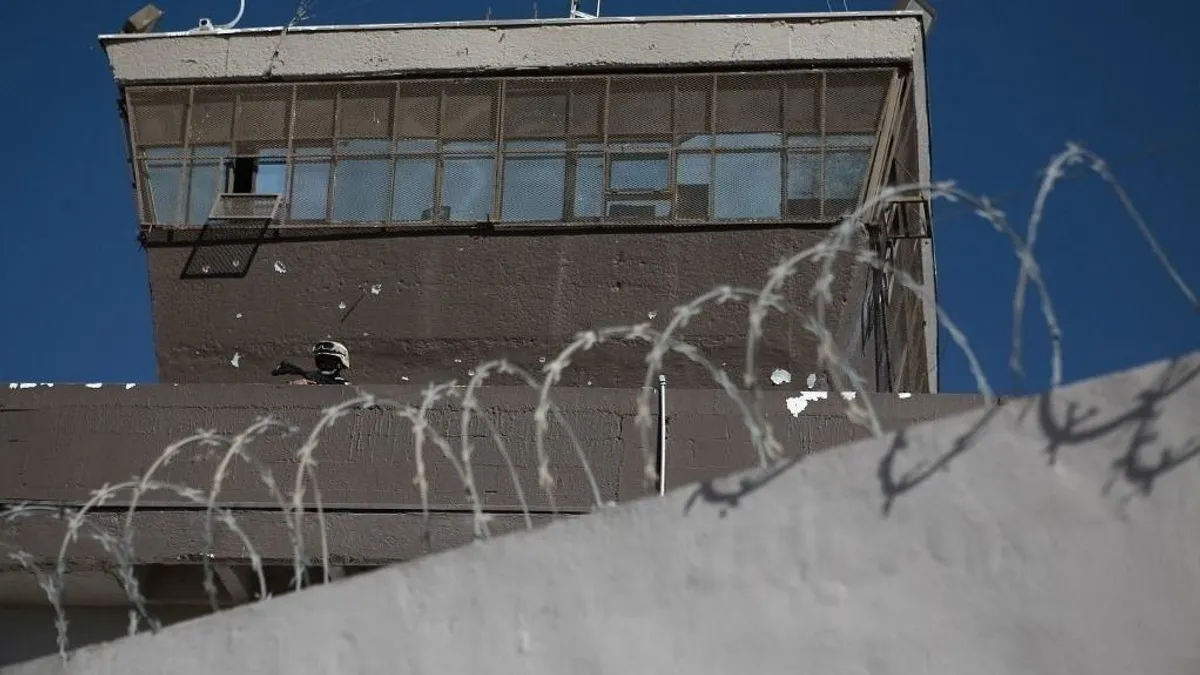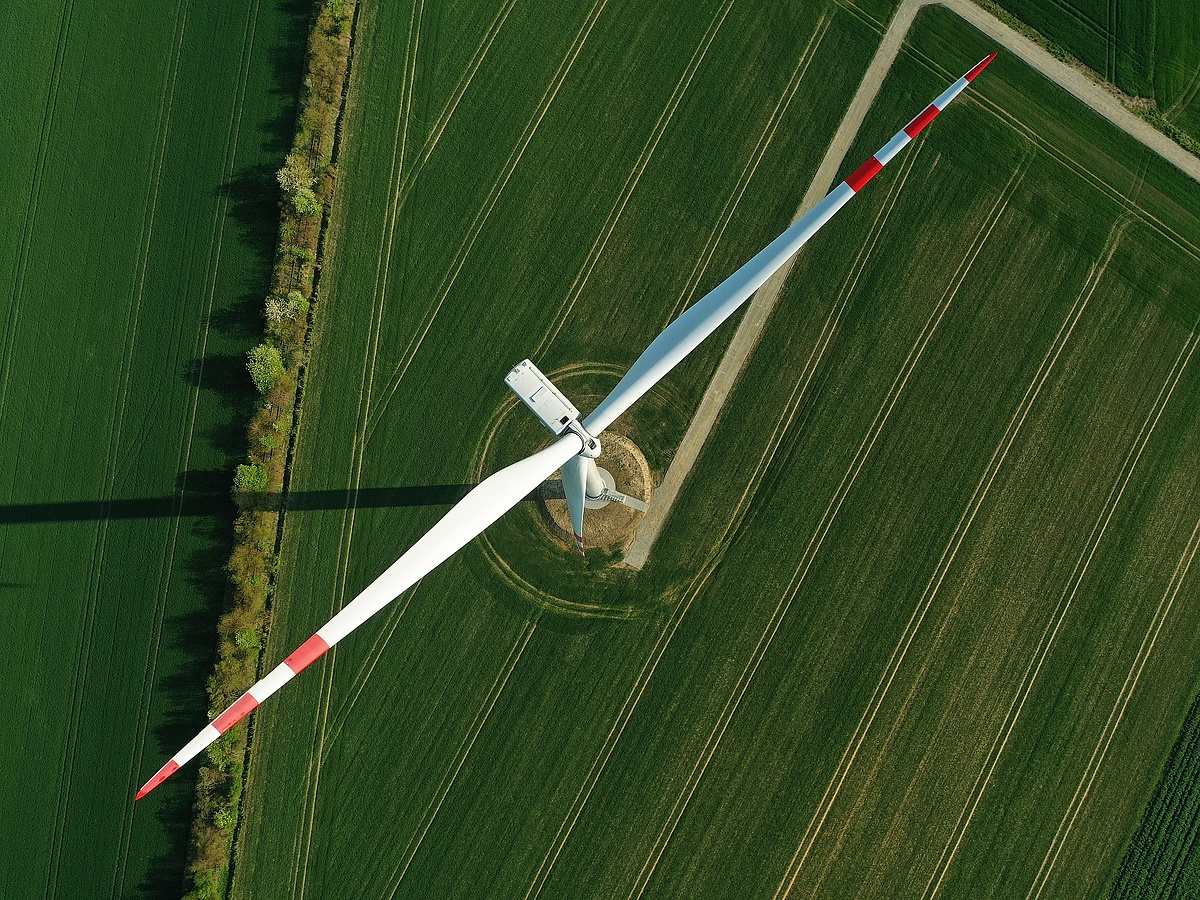network in the UK wind farms Two energy productions in one week register They were also overthrown. The new reference point was reached on November 2, when they managed to reach a power level of 20,896 megawatts, he wrote. Renewable news.
According to data from the British network operator, National Grid ESO, the peak was reached around midday, and on Wednesday, when this production was delivered, the country was reached Electricity 53 percent of its consumption was provided by wind power. The National Grid also reported that during the same period, low-carbon sources (wind, solar, nuclear, hydropower, and energy storage capacities) provided 70 percent of the country’s electricity production.
The importance of the wind energy record is only underlined by the fact that all this was achieved just seven days after the previous record was set – then the meter reached 19,936 megawatts.
We missed the opportunity
It shows quite well the way the UK is going, ha We remember In a British article on wind energy with similar content written almost four years ago: Then, on November 28, 2018, offshore and onshore wind farms operating in the archipelago generated a record 14.9 gigawatts, which were able to cover 33 percent of the electricity consumption needs of that the time.
All this happened just five years after the British Minister for Energy and Climate Affairs in the spring of 2013 Discuss it in Budapest, so that the two countries can continue together the difficult path of energy restructuring. Then Ed Davey argued that Hungary also has similar problems (an old nuclear power plant, a large amount of imported gas, coal-fired power plant pollution, few private energy sources, etc.), and if we think with them together and look for solutions together, we can Find solutions faster.
However, the negotiations did not yield any results. The only good thing about this is that it became visible today (but: it’s time) how much we lost compared to the UK. Whereas the latter, over the course of a decade, have not only made bigger bets on wind, but have tried and tried every imaginable energy source and production technology (for example, the British use clean air, Cryogenic energy storage technologyand a new type of power station that produces electricity from the movement of sea water waves penguin “Inventors” too) – and from a technological and commercial point of view, they were listed and continue to be on the balance sheet.
In Hungary, the wind power platform was last connected to the grid in May 2011, and since then the “arsenal” of Hungarian wind power 329 megawatts. Despite the fact that generating units have since pumped more than 700,000 megawatt-hours of electricity into the Hungarian grid system each year – which means it can systematically produce electricity equivalent to the annual electricity consumption of more than 300,000 households – successive Orbán governments neglect the use of Wind power, expansion possibilities have been virtually eliminated. And since 2016 It is also prohibited by regulation Issuance of new permits.
And although in recent months also under the leadership of the relevant minister There were hesitant attempts To change this situation, the department is currently no longer talking about the wind, however Geothermal vision.
there is more
Regarding the new record set in the UK, it is also worth knowing that the production and consumption “coverage” of 53 percent is hardly a record, as it was measured at a much higher level, 64 percent, in the half-hour period on January 29. . All this is also important to remember, as it also suggests that the UK grid and distribution system can cope well with the “cramps” of renewable generation.
The electricity generation record of more than 20 GW represents a new milestone for us in the wind energy field. The latest record breaking in just one week shows that wind continues to produce vast amounts of clean energy and has become the backbone of our modern energy system
said Dan McGill, chief executive of RenewableUK.
He added: All this is especially important in light of the current energy crisis, because wind energy has become the cheapest new source of energy in the UK, and wind farms help those who pay the electricity bill. In addition, the presence of wind farms “at the same time enhances our energy security at a time when it has become vital to produce electricity from our self-produced sources,” the specialist added.












































